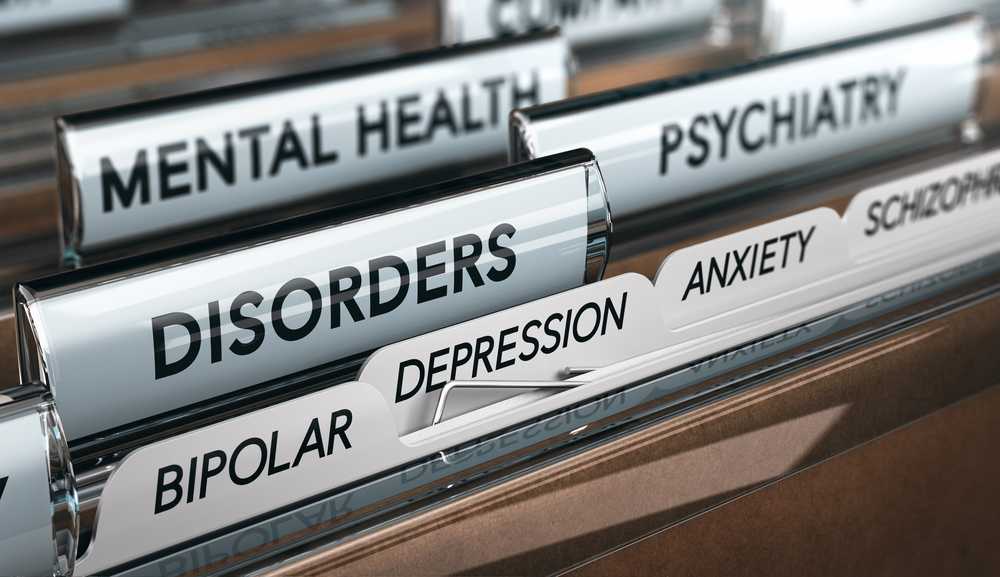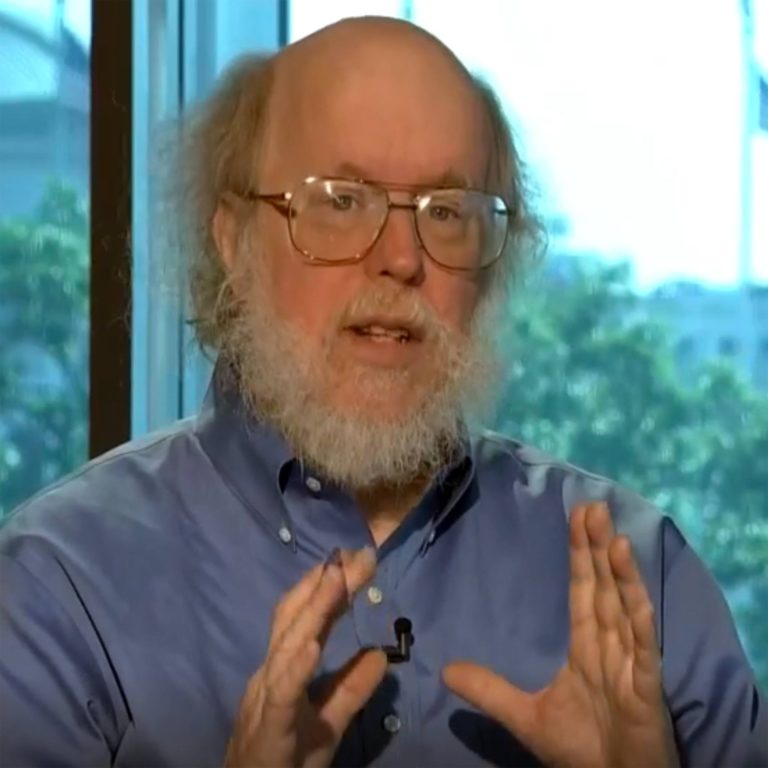Psychiatry is ruining more lives than ever before. The New York Times recently showcased psychiatric “prevalence inflation”—a vast increase in reported mental illness among teenagers because they are encouraged to view normal symptoms as grave maladies requiring intervention.
Oxford University psychologist Lucy Foulkes observed that school programs are “creating this message that teenagers are vulnerable, they’re likely to have problems, and the solution is to outsource them to a professional.” In an analysis published last year in the academic journal, New Ideas in Psychology, Foulkes explained that “awareness efforts” spur young people “to interpret and report milder forms of distress as mental health problems.” Filing such complaints “leads some individuals to experience a genuine increase in symptoms, because labeling distress as a mental health problem can affect an individual’s self-concept and behavior in a way that is ultimately self-fulfilling.”
Psychiatric diagnoses have become status symbols, propelled by snake oil “social emotional learning” programs. University of Southern California clinical psychologist Darby Saxbe warns that mental illness labels have “become an identity marker that makes people feel special and unique. That’s a big problem because this modern idea that anxiety is an identity gives people a fixed mindset, telling them this is who they are and will be in the future.” Psychiatric labels can disable the people they seek to assist. The New York Times found that many young people were left worse off thanks to “mental health interventions.” Endless classroom presentations on mental health spur “co-rumination”—excessively talking about one’s problems—which might remind many people of first dates from hell.
A deluge of new mental illnesses and is helping to hobble an entire young generation. Hungarian-American psychiatrist Thomas Szasz warned in the last century, “Psychiatrists manufacture mental diagnoses the way the Vatican manufactures saints.” But Szasz’s deft ridicule did nothing to prevent a sham stampede.
The American Psychiatric Association’s Diagnostic and Statistical Manual of Mental Disorders (DSM) now lists more than three-hundred mental illnesses, five times as many as it specified in the 1960s. Dr. Allen Frances, writing in Psychology Today, warned that the latest DSM contained “many changes that seem clearly unsafe and scientifically unsound” and is “likely to lead to massive over-diagnosis and harmful over-medication.” After the DSM redefined autism in the 1990s, the autism rate “quickly multiplied almost 100 fold.” Thanks to another DSM redefinition, the “number of American children and adolescents treated for bipolar disorder increased 40-fold” between 1993 and 2004, The New York Times reported. Psychiatrist Laurent Mottron complained in 2023 that the latest version of the DSM “is full of vague and trivial definitions and ambiguous language that ensures more people fall into various, abnormal categories.”
The DSM provides a road map for federal discrimination law. The Americans with Disabilities Act (ADA) compels schools and universities to provide “reasonable accommodation” to students who claim to have a disability, physical or mental. Even before the pandemic, up to 25% of students at top colleges were “classified as disabled, largely because of mental-health issues such as depression or anxiety, entitling them to a widening array of special accommodations like longer time to take exams,” The Wall Street Journal reported in 2018. Similar string-pulling occurs for the rigorous entrance exams for New York City’s elite high schools, where “white students…are 10 times as likely as Asian students to have a [disability] designation that allows extra time,” The New York Times reported.
Between 2008 and 2019, the number of undergraduate students diagnosed with anxiety increased by 134%, 106% for depression, 57% for bipolar disorder, 72% for ADHD, 67% for schizophrenia, and 100% for anorexia, according to the National College Health Assessment. Students’ struggles skyrocketed after COVID shutdowns. A Boston University analysis of students on almost 400 campuses in 2022 found that “60% of the respondents met the qualifying criteria for ‘one or more mental health problems, a nearly 50% increase from 2013.’” But awarding endless psychiatric Purple Hearts to college students will do nothing to help graduates adjust to the challenges of daily life beyond the classroom.
I recognized that the APA had gone nuts after attending their 1986 annual meeting in Washington. Here are some riffs from a Detroit News piece I wrote at that time:
The APA served attendees a batch of freshly-ordained mental illnesses, including “premenstrual dysphoric disorder.” The APA says symptoms of this “mental illness” include “irritability,” “marked fatigue,” and “negative evaluation of self.” According to the APA’s definition, a third of all women go crazy once a month.
The second newly ordained mental illness is “self-defeating personality type,” previously known as common or garden-variety masochism. The symptoms for this grade disorder include, “complaints, directly or indirectly, about being unappreciated,” “repeatedly turns down opportunities for pleasure,” and “remains in relationships in which others…take advantage of him or her.” Bring on the Valium!
The third “discovery” was guaranteed to raise the APA’s popularity with trial lawyers. The APA tentatively decided that anyone who persistently fantasizes about or actively forces a non-consenting person to have sex suffers from “paraphilic rapism.” In other words, a person would have to be nuts to rape somebody. As one protester at the APA’s meeting declared, “Sexual assault is a crime—not a mental disorder.” The Committee of Women of the APA said the new category would “provide an instant insanity plea for anyone charged with rape.”
The redefinition of rape epitomizes psychiatry’s view of crime: no one is responsible for anything and psychiatrists should have supervision over everything. The big hero at the APA’s convention was Jack Hinckley, father of John Hinckley, who announced he was launching a campaign to increase public support for psychiatry. (His son was seeing a psychiatrist before he shot President Reagan, but APA members would rather not talk about that.) The psychiatrist introducing Hinckley, Sr., spoke movingly about the “tragedy that struck the Hinckley family”—with no thought of a nation that was almost robbed of its elected leader.
The APA’s new mental illnesses will provide shrinks with lucrative new court “expert witness” opportunities. One woman already successfully used premenstrual syndrome as an “insanity” defense for murdering her husband, and PMS is now being used as a defense in child abuse cases. This is progress?
If shrinks only cleaned out people’s wallets, then they would be no more harmful than your average politician. But psychiatrists nowadays routinely rely on mind-numbering drugs and mind-shattering electric shock treatments. Some mental patients are developing Parkinson’s disease symptoms as a result of years of heavy medication. Electric shock “therapy”—aside from being a terrifying experience – sometimes causes permanent memory loss, thus making it harder for a patient to handle reality.
We have new mental illnesses not because of new breakthroughs in understanding the mind, but because psychiatrists want more money and more power over the rest of us. Shrinks generally have a poor batting average for curing known mental problems—but that has not stopped them from creating new “illnesses” that supposedly they alone can treat. But a con artist with an M.D. is still a con artist.
My carping did nothing to slow the hucksters. In 2019, the American Psychological Association officially designated traditional masculinity as a de facto mental illness. Their new guidelines specifically state that “stoicism” and other traits are “on the whole, harmful.” Did that make Marcus Aurelius spin in his grave? Apparently, instead of toughing out challenges, people are supposed to spend their lives whimpering to shrinks and getting appropriately drugged.
Psychiatrists have helped some individuals better understand themselves and deal more deftly with everyday reality. But bogus mental illnesses have turned millions of healthy Americans into “mental patients,” according to Dr. Allen Frances. That debacle explains why Thomas Szasz crusaded against the “therapeutic state” and the “medicalization of everyday life.”
But this peril also profoundly endangers freedom. The profusion of new diagnostic labels encourages people to view themselves as psychologically fragile. Actually, the Americans with Disabilities Act tacitly rewards people who demand “reasonable accommodations” because they are depressed or anxious. Those incentives create a downward politico-psychological spiral. Besides, if you’re reading this website, you’re at risk of being designated—i.e., found guilty—of DSM category 313.81, Oppositional Defiant Disorder. One tell-tale trait of that mental illness: “Often argues with authority figures.” Would my sarcastic tweets suffice to convict me on that charge?
Therapists are hollowing out the American character, generation by generation. What do those wizards offer in lieu of the stoicism they derided? Politicians raced to fill the void with their usual toxic. A century ago, H.L. Mencken observed, “The whole aim of practical politics is to keep the populace alarmed and hence, clamorous to be led to safety—by menacing it with an endless series of hobgoblins, all of them imaginary.” And the more fearful people become, the more gullible they will be. British philosopher John Stuart Mill warned in 1842, “Persons of timid character are the more predisposed to believe any statement, the more it is calculated to alarm them.” In a democracy, as long as enough people can be frightened, almost everyone can be subjugated.
The Founding Fathers didn’t expect that the American people would ever be labeled into submission, classified into passivity while politicians trampled the law and the Constitution. Citizens cannot cower on cue without forfeiting any possibility of keeping government on a leash. Nothing can safeguard freedom except the bravery of citizens who refuse to be shackled.
































